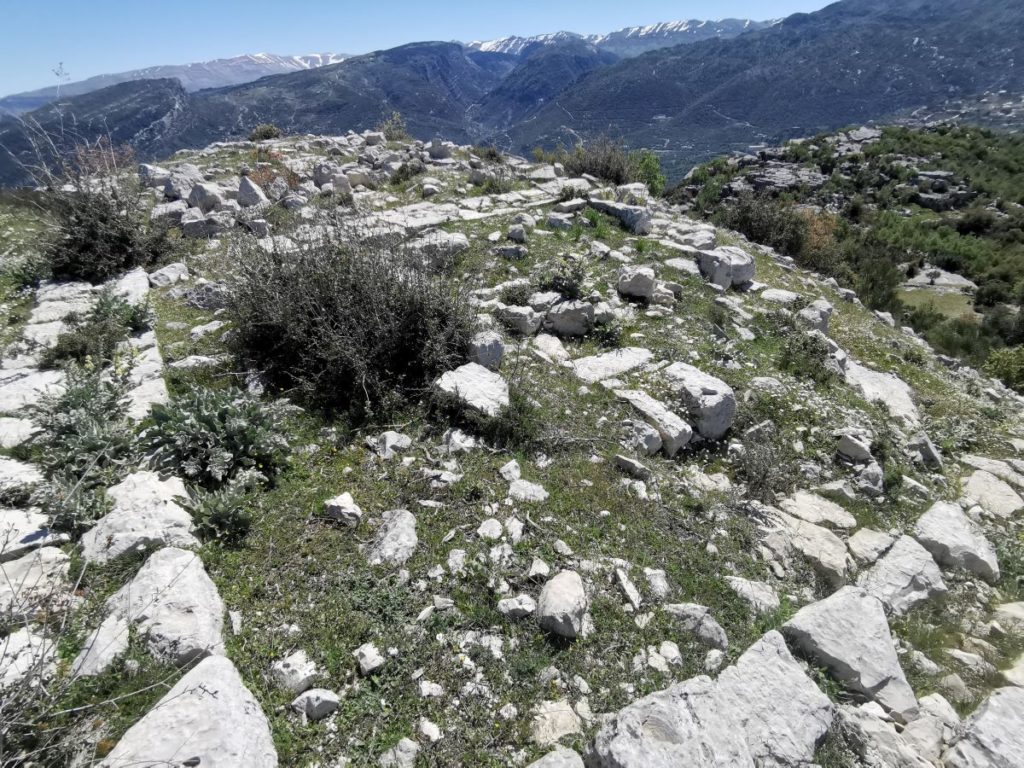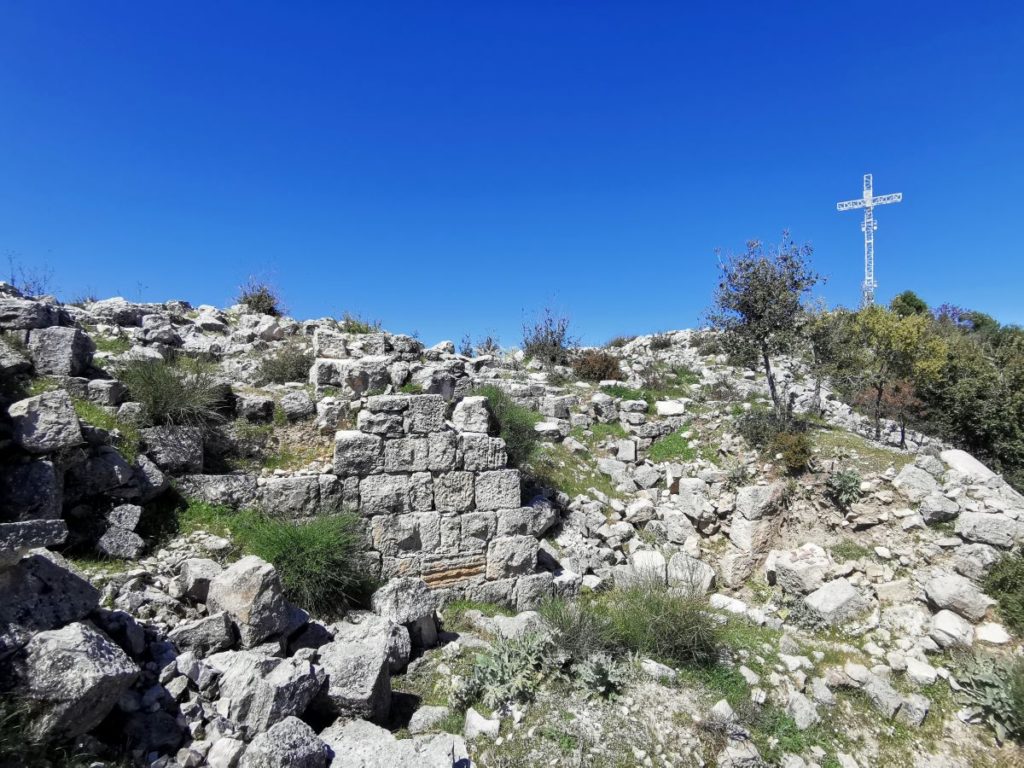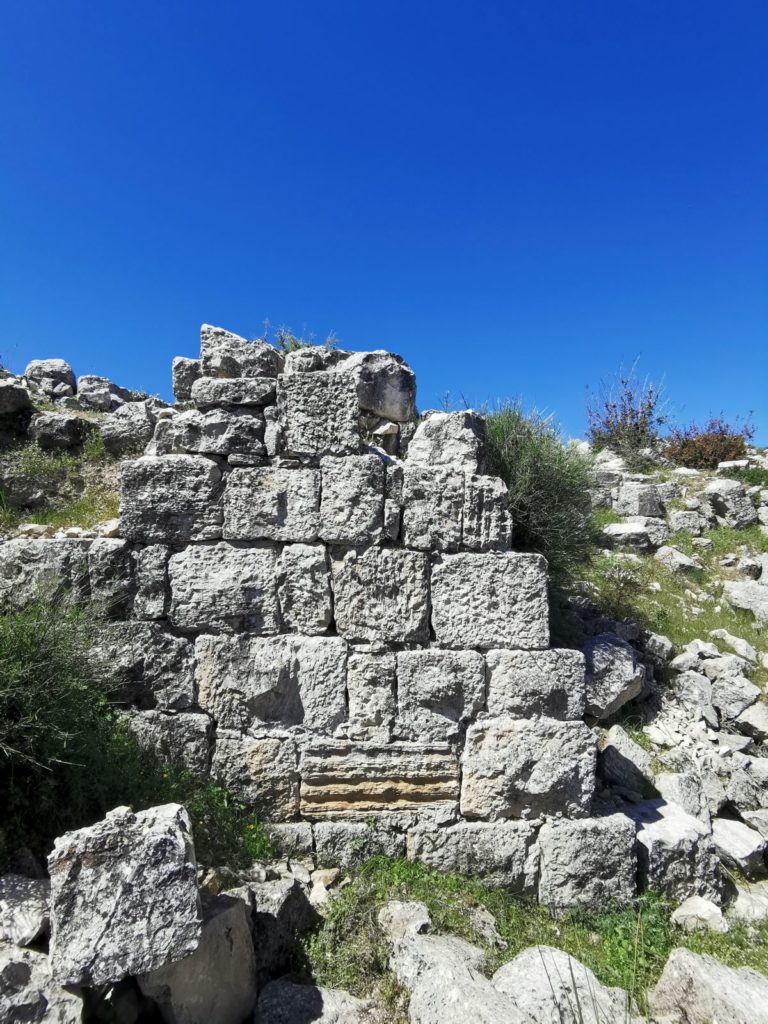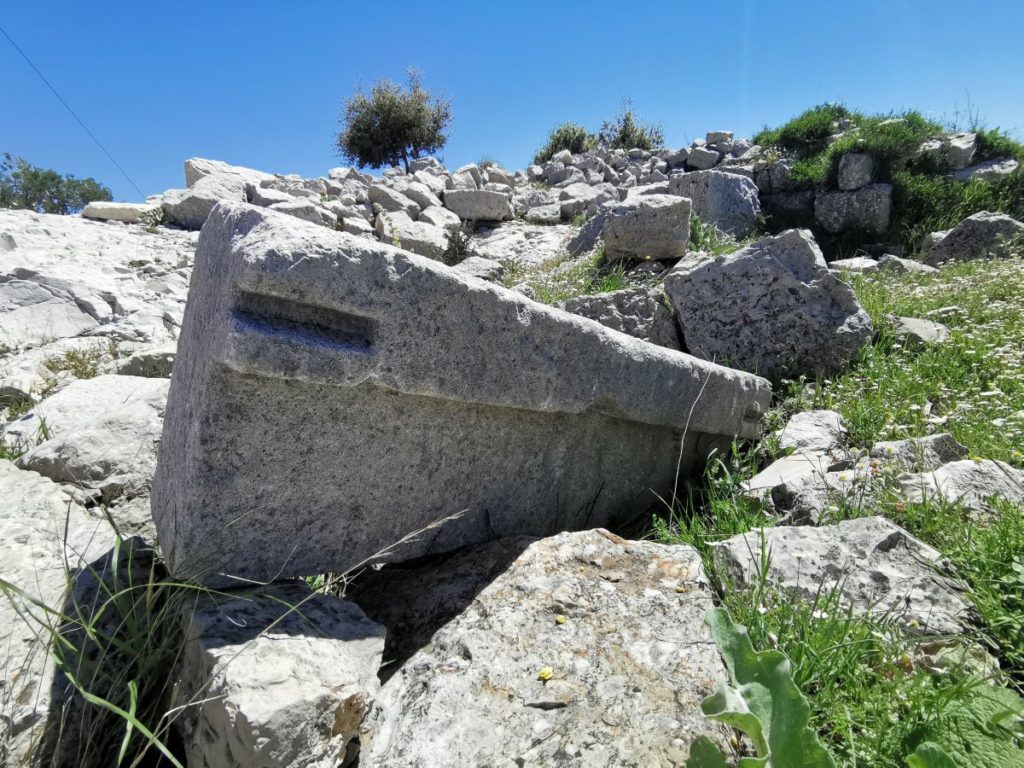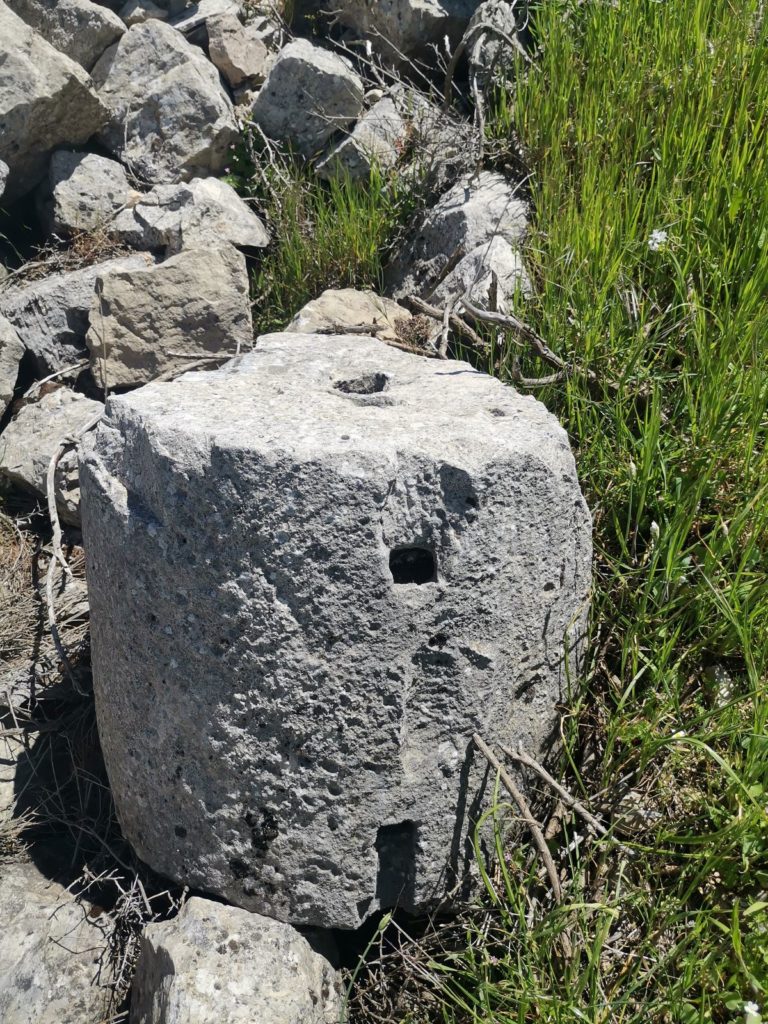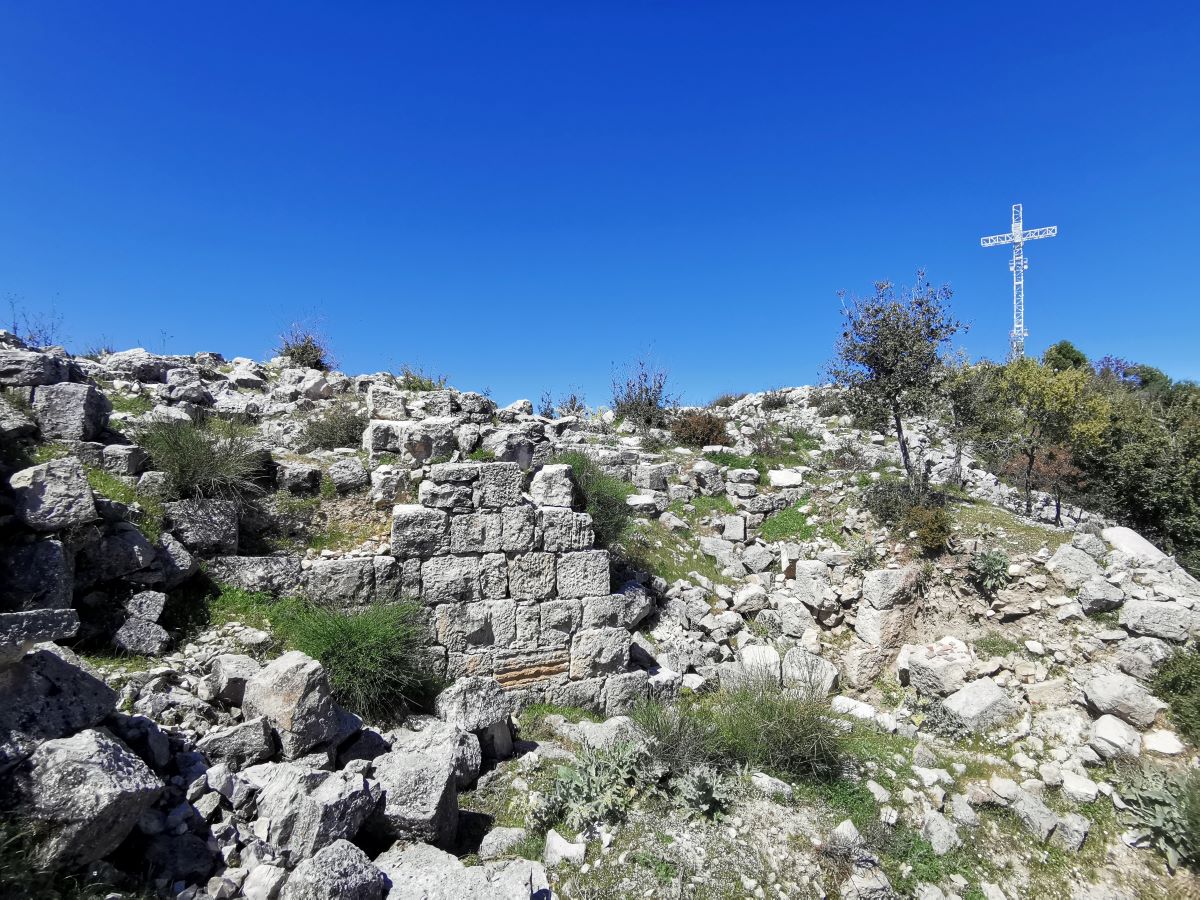The site of Hosn Bchaaleh testifies to a significant human occupation that dates back to antiquity. Although the area was barely excavated,the site features the remnants of post-Greco-Roman and medieval era structure foundations.
This article presents a brief description of the site based on what has been discovered so far by scholars.
Toponym
Several appellations mentioned in antiquity and the medieval period are attributed to the site of Hosn Bchaaleh, though nothing is yet confirmed due to lack of extensive research. Here are the most common names:
Borrama – This designation was given by the Greek geographer Strabon where he mentions the following: “…these robbers use strongholds as bases of operation; those, for example, who hold Libanus possess high-up on the mountain, Sinna and Borrama (possibly Bchaale?) and other fortresses like them…”
Bet Zaal – this designation may be Aramaic which could mean the house (Bet) of the majestic and high place (Zaal).
The Crusaders also used “Bet Zaal” based on the following historical record – in 1212, Lord Guy of Gibelet (Byblos) granted a number of properties and privileges as he entered into confraternity with The Order of Knights of the Hospital of Saint John of Jerusalem. Among these gifts, made with the consent of his wife Alice, Guy transferred casal Bet Zaal.
Hosn Bchaale – a local name given to the site which means The Citadel (Hosn) of Bchaaleh (name of the village).
The fact that the locals refer to this site as Hosn (Citadel) gives us an indication that the site probably saw the construction of a citadel since centuries ago. This theory is yet to be confirmed since many ancient sites that houesd temples were called by the locals as Qalaa or Hosn (Citadel).
Structures
Nestled on a massive cliff that overlooks the districts of Byblos and Batroun, at an altitude of 1229m, the site of Hosn Bchaaleh is located on the north-west of the village, accessible through a hiking trail.
Based on my personal observation when comparing the site to other locations in Lebanon, there is a possibility that a temple was erected on site: fragments of columns, drums and other elements can be seen on the south-west section of the site.
During the medieval period, the site witnessed the construction of a citadel. This proposition is firstly based on the chronicle mentioned previously, and secondly based on my personal observation: the foundations of military-like structures are completed with masonry reinforcement or hewn into the rock. These architectural elements can be seen in several crusader fortresses all around Lebanon. In addition, the strategic location and the rough access to the top of the cliff makes the location the perfect spot to erect a military outpost or a small fortress.
The site was probably inhabited since ancient times, this can be concluded by the pottery shreds found across the site, which may be a reliable sign that the site was used as a settlement, and not only as a religious and military location.
Current State
The site is unfortunately in a poor condition – It has been dug many times with an attempt to recover artifacts and precious metals by treasure hunters.
Further excavations and studies may reveal the true story of this mysterious place.
Karim Sokhn
Tour Operator & Tour Guide
References:
La vie Religieuse Au Liban Sous L’Empire Romain – Julien Aliquo
My Lebanese Ancestors,The History Of Bchaaleh And Salima, Lebanon
The Acquisition Of The Landed Estates Of The Hospitallers In The Latin East, 1099-1291, Paul l.Sidelko
